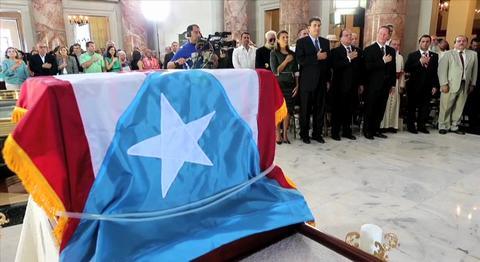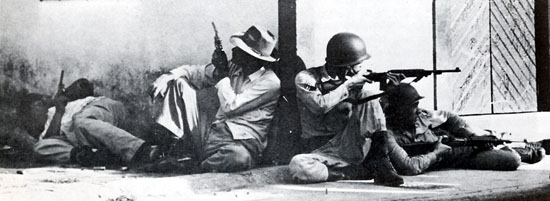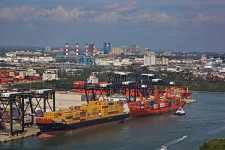The Taino Indians who were originally from South America were the first to inhabit Puerto Rico sometime in the 1400’s. In 1493 Columbus arrived in his second voyage to the new world. Spanish explorer Juan Ponce de Leon founded the village of Caparra (that is now San Juan) in 1508 and he was named the governor of the island in 1509 by Spain. The Spaniards introduced slavery in 1521 and built the first Catholic Church in 1523 which is the oldest church still in use in America. Sugar cane was produced in 1523 and a hospital in 1524.
The city of San Juan was named for St. John the Baptist and the island was named Puerto Rico or rich port. It very soon became Spain’s most important military post in the Caribbean. Due to the integration of Spaniards, Taino Indians and African slaves, today’s population is a cultural mix of their ancestry. In 1570 many of the original Tainos retreated to the central mountainous region of Puerto Rico to protect themselves from the Spaniards.
The Indians tried unsuccessfully to oust the Spanish Conquistadores from the island but they were badly outnumbered and unable to accomplish more than getting killed, enslaved or dying from disease or mistreatment. At first there was some gold that the Spanish quickly depleted and then agriculture became their primary product although breeding and exporting of horses became a major source of income when the gold was gone and horses continue to be an integral part of life here for many.
In the 1800’s Spain awarded land grants to South American and European or Spanish immigrants. This influx of immigrants changed the economy to coffee and sugar producers with large plantations replacing the smaller farms. After a long movement, Puerto Rico finally abolished slavery in 1873. At the end of the Spanish American War in 1917, Puerto Rico was granted to the United States from Spain and all Puerto Ricans were awarded U.S. citizenry.
Since 1948 Puerto Rico has had a governor and has been under Commonwealth status although it was offered independence; however it chose to remain a Commonwealth. Today Puerto Rico has many factories that enjoy tax incentives and while tourism is a small part of the economy, it still has to import approximately 90% of its food. It does not pay federal income tax or vote in presidential elections, but it does serve in the US armed forces, receive federal welfare and pays social security taxes.





